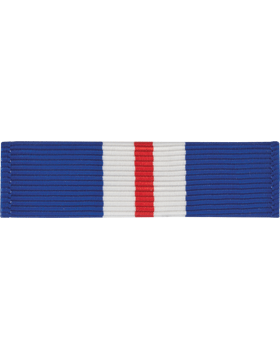 Today was the last day of our spring sailing class. Fortunately the weather was fantastic: sunny, not too hot, nice breeze. Unfortunately, a few of our best cadets missed the class.
Today was the last day of our spring sailing class. Fortunately the weather was fantastic: sunny, not too hot, nice breeze. Unfortunately, a few of our best cadets missed the class.The cadets rigged up with no help from the coaches. We had only one boat sailing with a coach on board and he spent most of the time relaxing.
After a sailing around a little to "warm up," we started our familiar drill: Baby Ducks (link). This is a great exercise for beginners and advanced sailors; it gives the students practice and the coach can see what mistakes (if any) the students are making.
.
 Then, we began some serious practice: STOPPING (link). Obviously, it's important to be able to stop! Sailboats do not have brakes but we can make the stop fairly easily. What is difficult is to make the stop at a given spot, under control, so that we can maneuver to a dock or another boat. And it is always desirable to stop the boat in such a way that we can easily get going again.
Then, we began some serious practice: STOPPING (link). Obviously, it's important to be able to stop! Sailboats do not have brakes but we can make the stop fairly easily. What is difficult is to make the stop at a given spot, under control, so that we can maneuver to a dock or another boat. And it is always desirable to stop the boat in such a way that we can easily get going again.Here, a beginner skipper has made a nearly perfect approach (on a Close Reach point of sail) and let the sails "luff" or flap, to lose power and slow down. These Oday Javelins are relatively heavy boats and will coast a long way with the sails totally luffing.
.
 Sailing on a Run (point of sail) or directly down wind. The sails are eased out and in this photo are also set "Wing & Wing."
Sailing on a Run (point of sail) or directly down wind. The sails are eased out and in this photo are also set "Wing & Wing."Advanced Sailing Tip- adjusting the boom vang. If you look at the mainsail leach of the two boats, the one on the right has bit more curve. Also, the boat on the right's boom is angled up a bit more. Their boom vang is not as tight. When the water is choppy and wind is gusty, a tighter boom vang will make the boat easier to steer down wind (on a Broad Reach or a Run).
.

Another beginner sailor making a successful stop. This is one of the key skills!
.

This photo captures the fun of our sailing class!
We have had about a dozen class sessions, only 6 or 7 sailing sessions. Yet, we have learned the parts of the boat and terminology, the points of sail, how to steer with a tiller, tacking, how to stop, and (very important) the Right-Of-Way rules.
We also have a number of sailors who have already passed Basic Sailing and are either joining in the sailing sessions occasionally for fun (a privilege granted to the best sailors) or continuing an Advanced Class in which they study physics, communications, weather, and navigation... and practice their skills at a higher level.
One of the greatest things about sailing: there is always more to learn, always another challenge.
.

Passing the Basic Sailing Course means the beginners will be awarded the Sea Cruise Ribbon and they may begin getting signed off on the "Blue Books."
.
Congratulations to our sailors of Spring 2017
(as we mentioned, several of our sailors were unfortunately absent today)
... posted by Assistant Coach Douglas King
.





